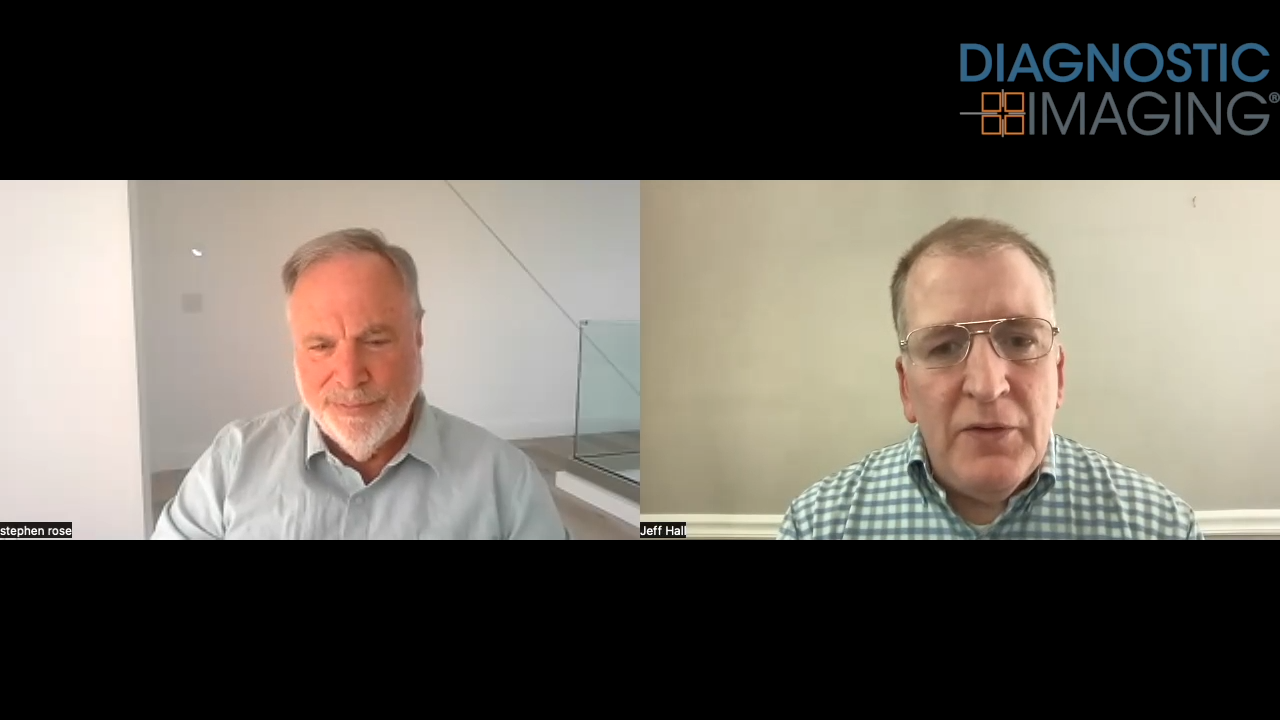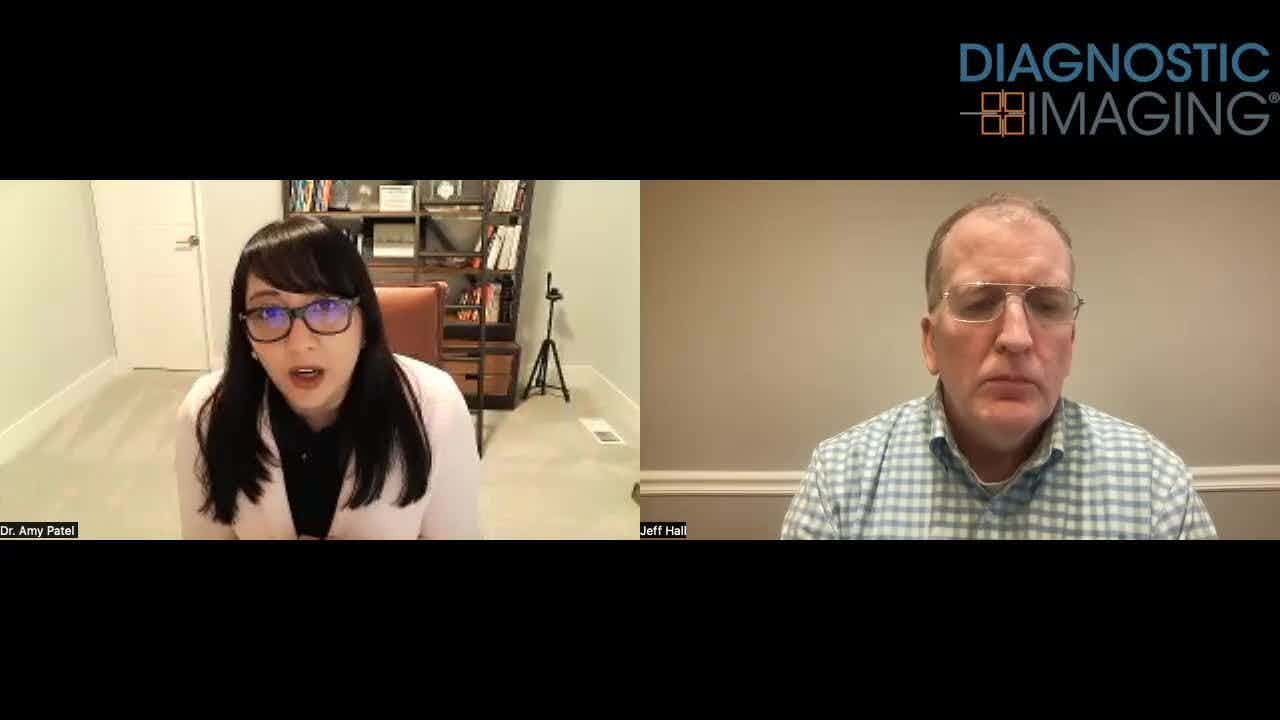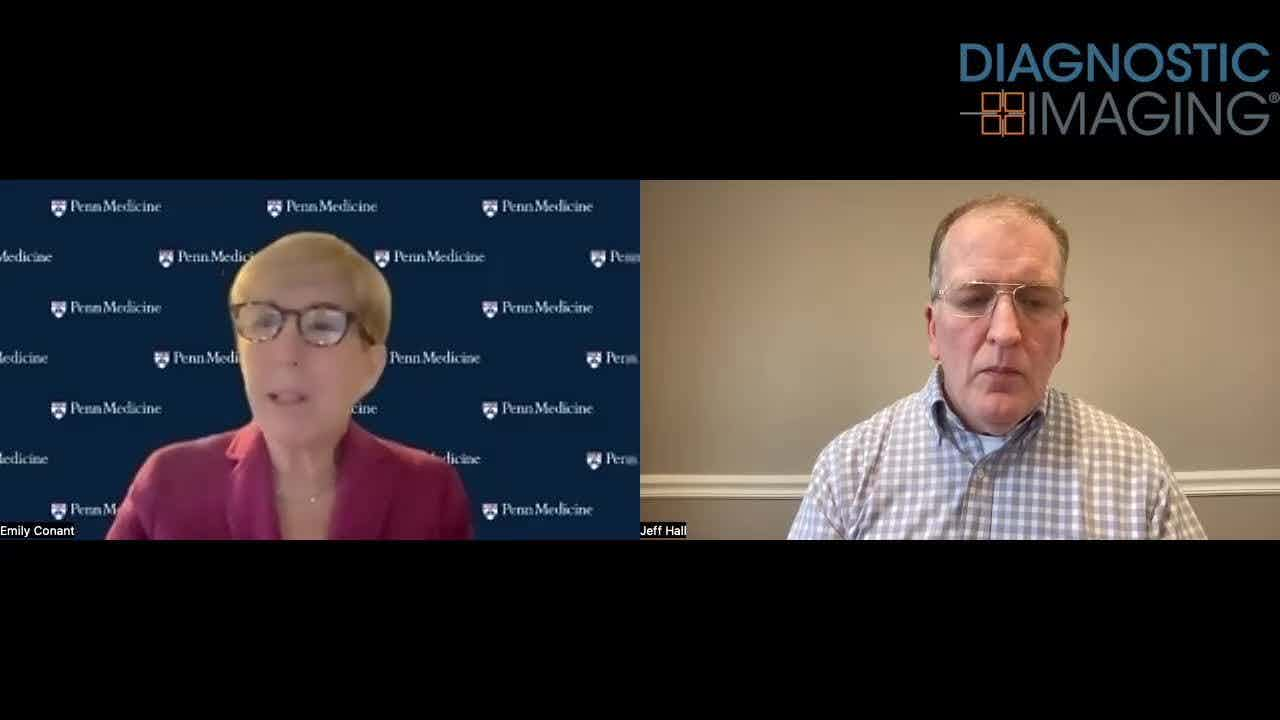Study claims screening mammo encourages overdiagnosis
A prominent Danish researcher is continuing to question the value of screening mammography, reporting in a new study that one in three breast cancers is overdiagnosed.
A prominent Danish researcher is continuing to question the value of screening mammography, reporting in a new study that one in three breast cancers is overdiagnosed.
Some lumps in the breast will not develop into full-blown cancer, remaining harmless and asymptomatic. Overdiagnosis, which leads to the treatment of these harmless findings, is a detriment both to the patient's health and her pocketbook, the new study contends.
For their latest study, Dr. Peter Gotzsche, director of the Nordic Cochrane Center in Copenhagen, Denmark, and colleague Dr. Karsten Jorgensen, a researcher, analyzed breast cancer trends before and after the introduction of public screening in the U.K., Canada, Australia, Sweden, and Norway (BMJ 2009;339:b2587).
The data covered seven years before and seven years after screening began.
The researchers estimated overdiagnosis rates of 57% for the U.K., 59% for Canada, 53% for Australia, 46% for Sweden, and 52% for Norway.
Gotzsche's criticisms of mammography are nothing new. In 2000 he questioned the mortality benefit from mammography screening, concluding that for every 1000 women screened biennially throughout 12 years, just one breast cancer death is avoided (Lancet 2000;355:129-134).
In 2006 Gotzsche reported that for every 2000 women invited to join a screening program over 10 years, just one would have her life prolonged. Another 10 healthy women would be diagnosed as having breast cancer and referred for unnecessary treatment (Cochrane Database Syst Rev 2006;4:CD001877).
With the current study, Gotzsche continues his critique of screening mammography.
"It is unlikely changes in risk factors or cohort effects could explain the nonlinear increases in incidence of breast cancer that occurred with the introduction of screening," Gotzsche wrote.
Gotzsche's conclusions drew an immediate reply from Dr. Daniel Kopans, a radiologist at Massachusetts General Hospital and a longtime critic of Gotzsche's attacks on screening mammography.
"It is unclear why Peter Gotzsche continues to play with data to suggest first that mammography was ineffective and now that screening results in a major ‘overdiagnosis' rate when the data clearly show that it saves lives," Kopans said.
The benefit of mammography has been shown time and again in randomized controlled trials and has been confirmed by screening programs in the general population, according to Kopans.
"The fact is, that in the United States, the death rate from breast cancer has decreased by almost 30% since 1990 due, predominantly, to screening mammography," he said.
The death rate for breast cancer had been unchanged for the preceding 50 years, Kopans said.
The methodology used by the Danish researchers is questionable, since they compared different populations at different periods in time with differing prior probability of disease, Kopans said.
In addition, the researchers neglected to take into account when women first begin screening. The prevalence screen finds cancers that have been building up prior to diagnosis, he said.
"It is unfortunate that reports such as this may discourage women from screening and the potential life-saving benefit of early detection," Kopans said.
AI-Initiated Recalls After Screening Mammography Demonstrate Higher PPV for Breast Cancer
March 18th 2025While recalls initiated by one of two reviewing radiologists after screening mammography were nearly 10 percent higher than recalls initiated by an AI software, the AI-initiated recalls had an 85 percent higher positive predictive value for breast cancer, according to a new study.
ECR Mammography Study: Pre-Op CEM Detects 34 Percent More Multifocal Masses than Mammography
February 28th 2025In addition to contrast-enhanced mammography (CEM) demonstrating over a 90 percent detection rate for multifocal masses, researchers found that no significant difference between histological measurements and CEM, according to study findings presented at the European Congress of Radiology.
Study: Mammography AI Leads to 29 Percent Increase in Breast Cancer Detection
February 5th 2025Use of the mammography AI software had a nearly equivalent false positive rate as unassisted radiologist interpretation and resulted in a 44 percent reduction in screen reading workload, according to findings from a randomized controlled trial involving over 105,000 women.










